History
of the Arctis-North-East expedition:
In the years from 1872-1874 an Austrian-Hungarian North Pole expedition (leaded
by Karl Weyprecht and Julius von Payer) set out in the hope to find a sea root across the
Arctic Ocean along the north coast of Siberia eastwards.
The ship "Admiral Tegetthoff" left in July 1872 with a crew of 24 people the
Norwegian harbour Tromsö. End of August the "Admiral Tegetthoff" stucked north
of Nowaja Semlja in the ice and drifted slowly north-west to unknown polar areas. On this
drift the expedition discovered on August 1873 a group of islandes they named after the
Austrian-Hungarian emperor Franz-Josef I.
Under leadership of Payer the scientists crossed on sledges this first land discovery and
advanced to the 82° nothern width. In may 1874 they left the ship in the ice and
undertook the dangerous return on sledges and boats. At 14.8.1874 the reached the open
sea, at 19.8. Nowaja Semlja and at 3.9. the Continent.Expedition Arctic-North-East
From 6th February - 17th April 1995
The expedition was made up by ORF film crew (Austrian National Television), Russian
researchers, Soldiers from the Austrian Army, 2 mushers and 20 Siberian Huskies.
Our journey started by plane from Vienna over St.Petersburg to Murmansk onwards with the
Russian nuclear-icebreaker "Tymir" to Franz Josef Land. Arrival on the island
Ziegler was delayed by several days due to the huge ice barriers on the way.
With the arrival on the 20th February began the setup of base camp. 24th February the dogs
first training in the bezarre surrounding of icebergs.
Along with training began on the 25th February the filming of the life of the crew members
on board the "Admiral Tegetthoff" and their discovery of over 60 mostly ice
covered islands in the years from 1873-1874.
On the 27th February for the first time and for just a few moments the sun came into
sight.
Between training and filming began on the 13th March the preparations for the expedition
to the island of Kohlengrube and the in the near stretch of open sea which had the size of
a football field.
On the 23rd March began the expedition which led to Cap Roosevelt on the island of Payer
and from there onwards through the Bud Sund to the island of Kohlengrube. Most of the
filming taken on this part of excursion was used for the documentary "Die
Glacionauten".
On return the rest of the days were used for filming the leftover historical clips on the
"Tegetthoff" and the three part childrens film "Sumbu".
On the 11th March began the homeward journey with the nuclear-icebreaker "Sovietzky
Sojus" to Murmansk.
Photographs:
"Tymir"
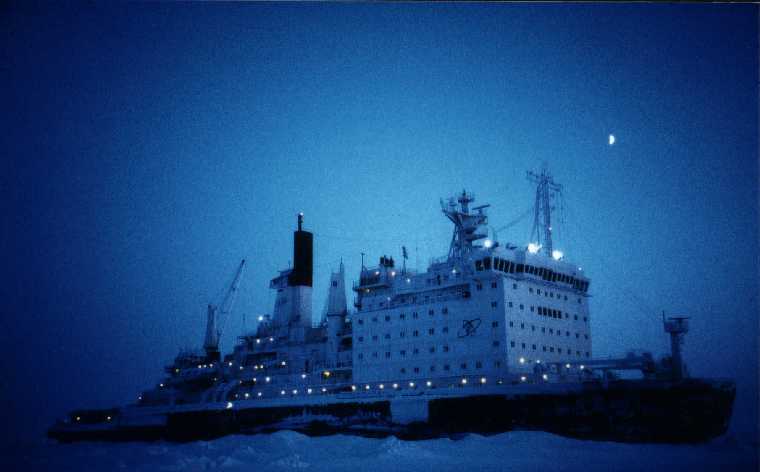
The icebreaker which brought the yearly
supplies in front of the Russian Research Station on the island of Krenkel (60km away from
the island of Krenkel).
111 crew on board, 18000 tons in weight, 20 Knts maximum speed, 55000 PS.
"Unloading of the
dogs"
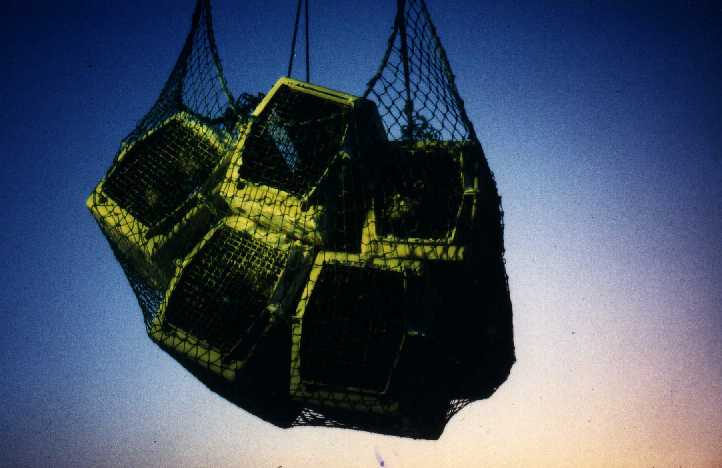
At the base camp the dogs slept in a
container in groups of five. The holding of the dogs in groups helped the physical
condition in that they kept each outher warm.
"Base Camp"
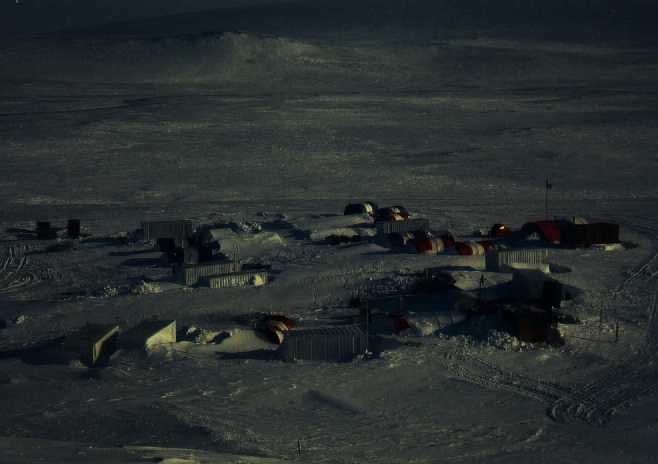
81°04'41" N
56°20'25" E
Our camp was surrounded by a so called
Polar bear fence which was made from trip wire and signal rockets which warned against
unwelcome visits from Polar bears.
"Admiral
Tegetthoff"
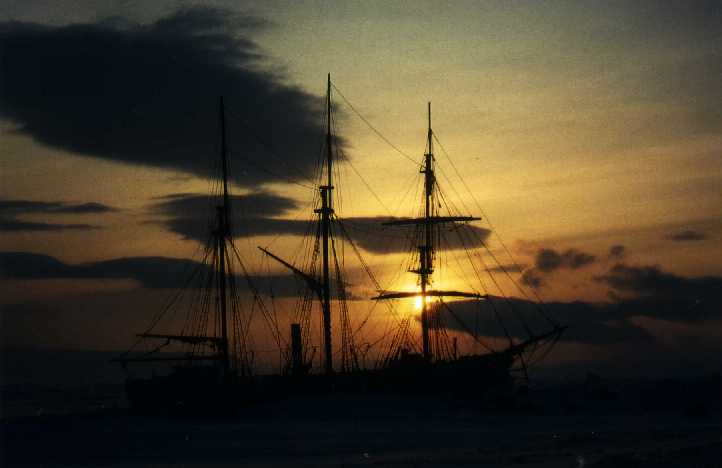
IAt
sunset, an 1:1 replica from the original ship was reconstructed during the summer
expedition 1993.
Film clips (in original clothes
from 1873) for the documentary "Universum".
"By an icepressing
caused escape of the ship and salvage of the dogs".
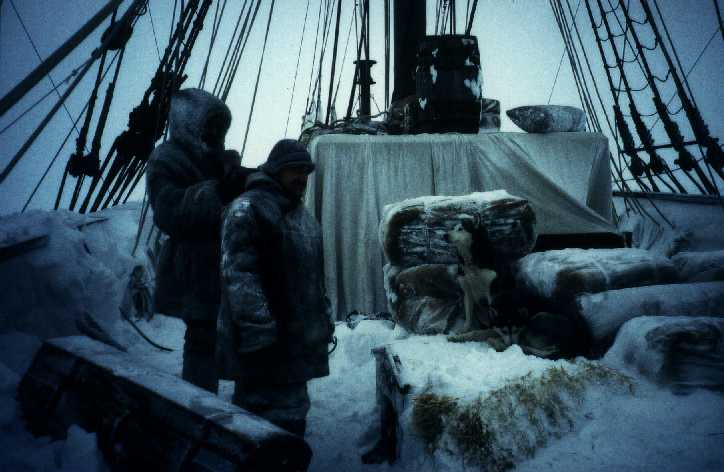
Due to the fact that the ship was
anchored in a bed of ice which kept crushing the sides the crew were forced not only once
but very often to flee bringing themselfs and necessary supplies in safety.
"The first sleddrive
attempt by Julius von Payer"
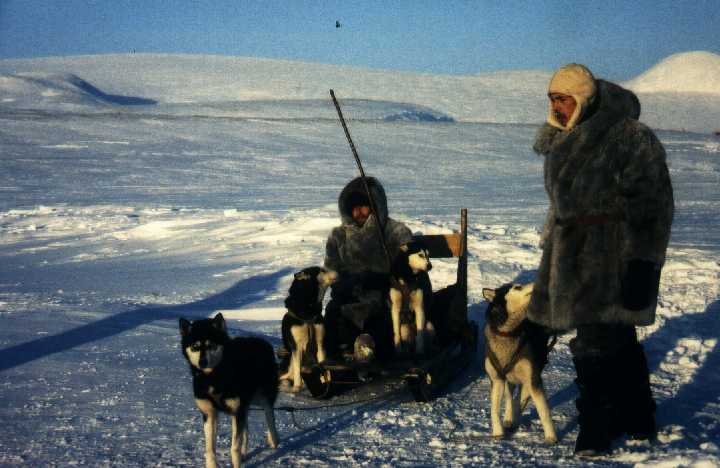
The Norwegian Sleddogs which were brought
on the expedition were used as the only way for transporting supplies on the island.
"Rest"
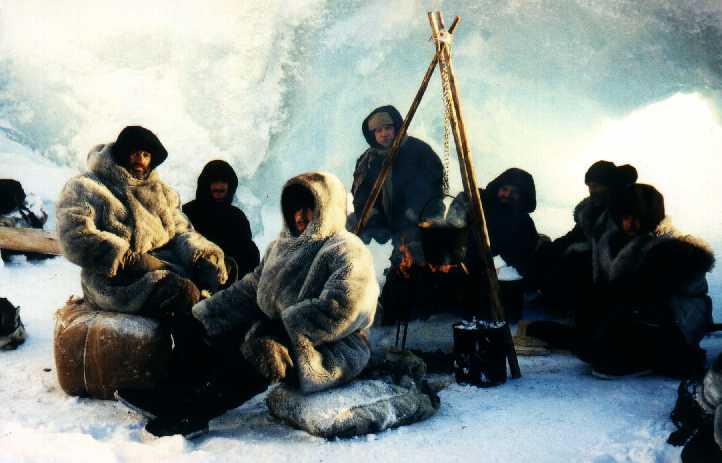
"Return Journey"

"Our camp on the
island of Kohlengrube"
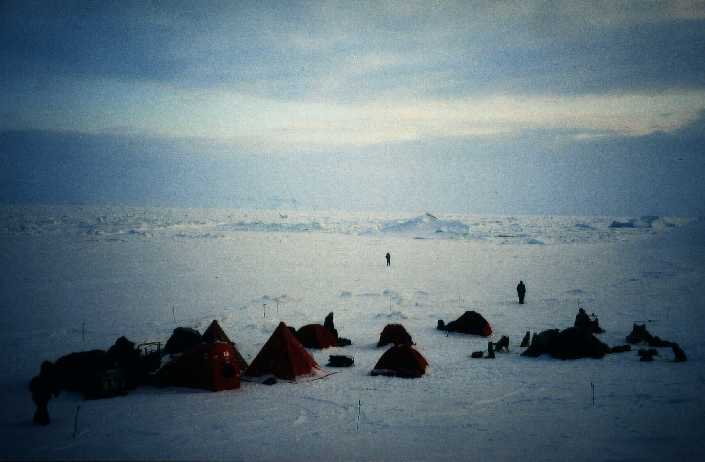
80°57'08" N
57°49'03" E
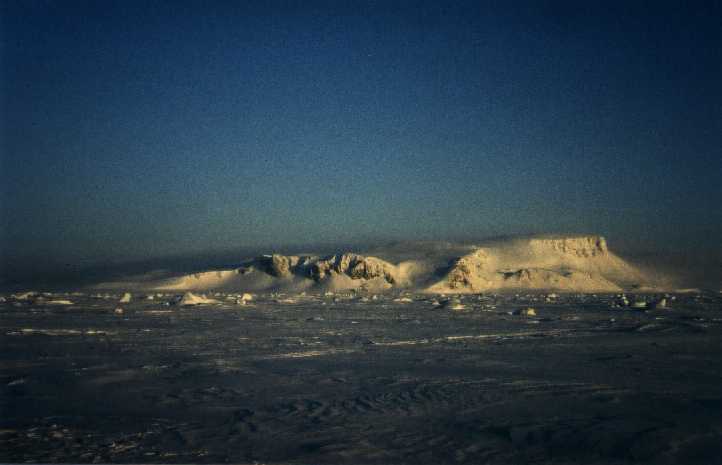
Rest during the filming
for the documentary "Die Glacionauten"
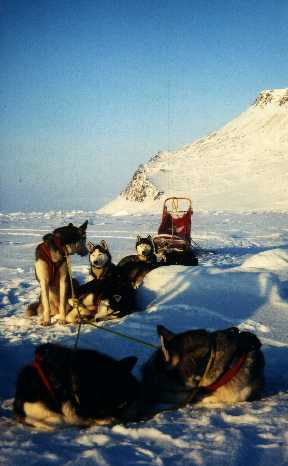
Rest on the way to the
camp from the left behind filmcrew.
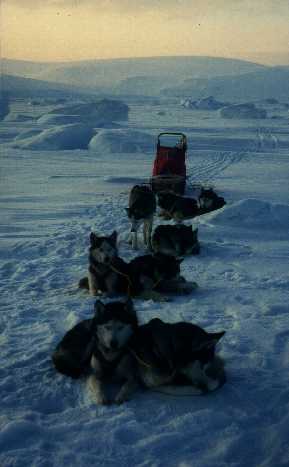 |